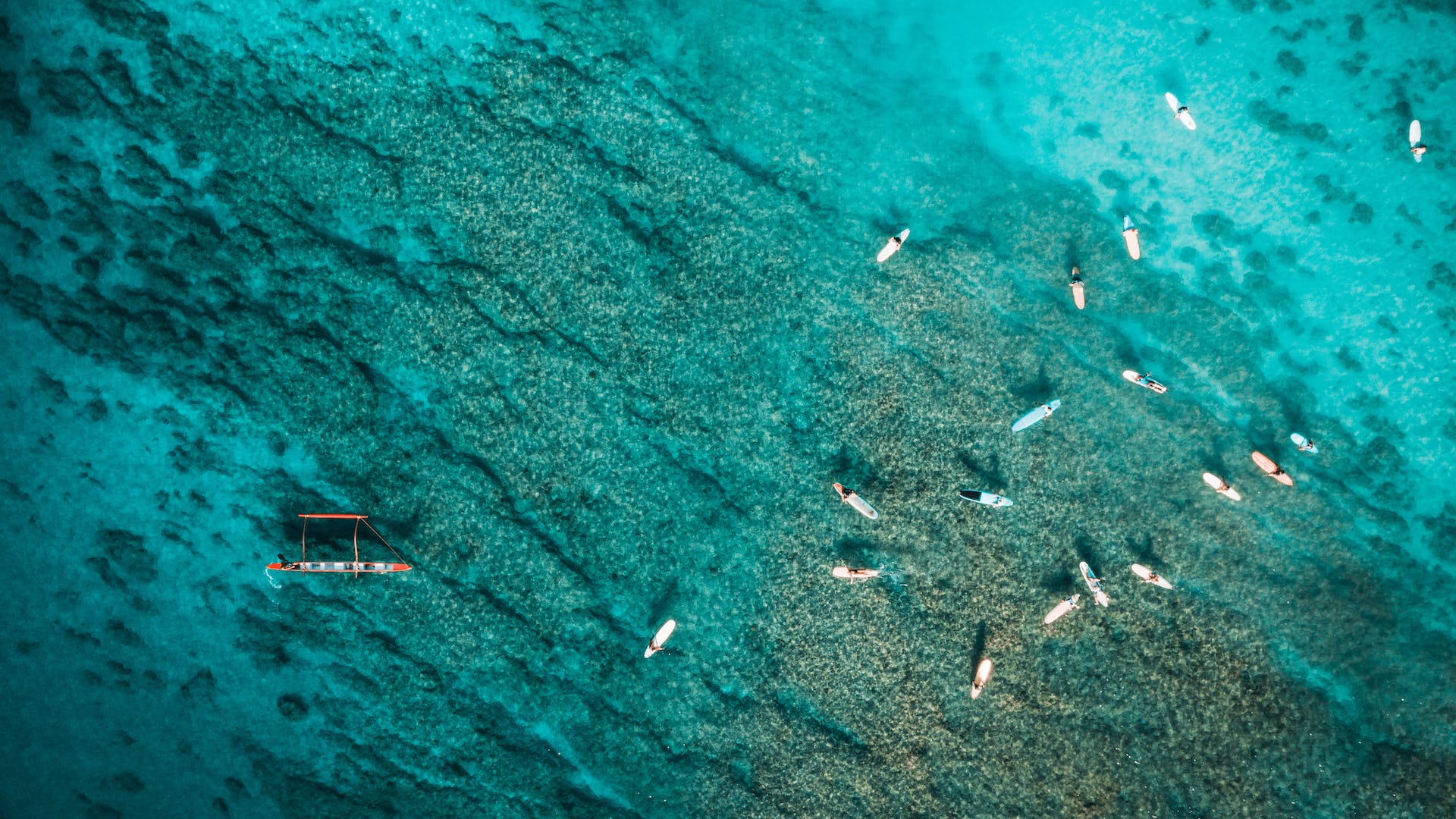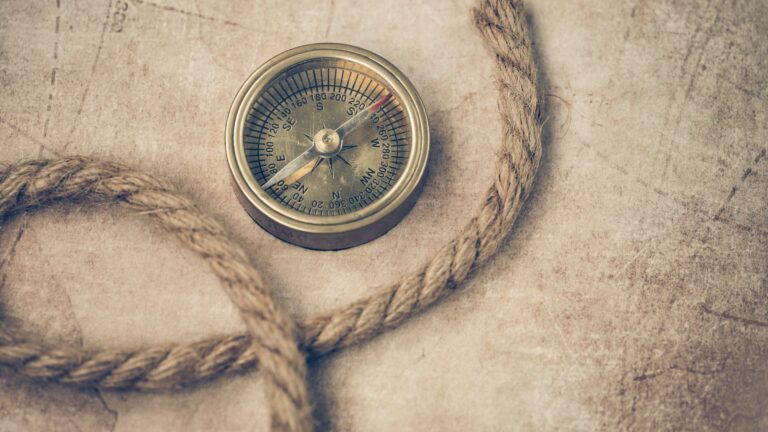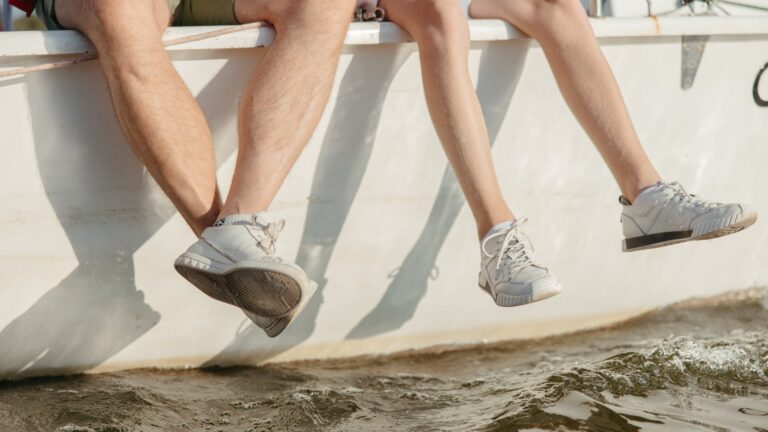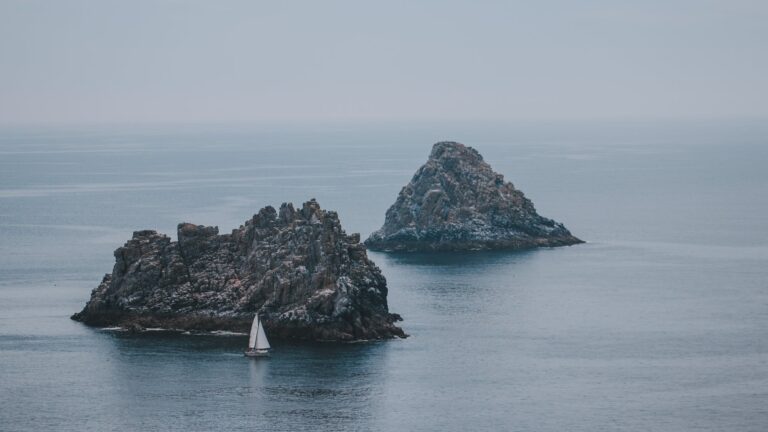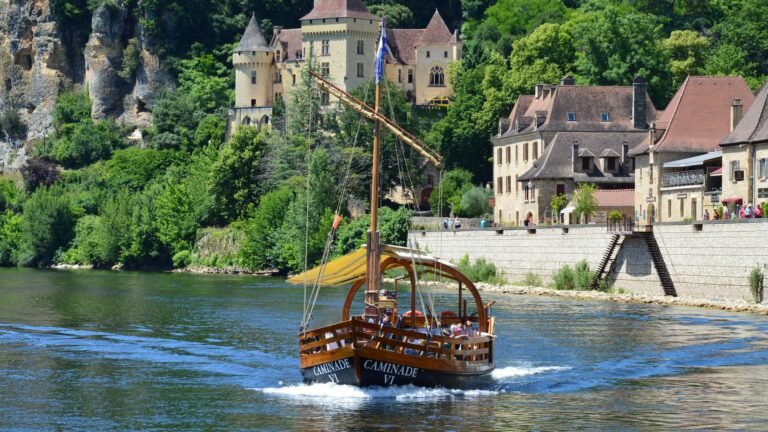How did Polynesian sailors get fresh water?
- Introduction: What is Polynesian Navigation?
- Overview of Polynesian Voyaging Canoes and their Uses
- How did Polynesian Sailors Obtain Fresh Water?
- Collecting Rainwater
- Using Coastal Sources of Fresh Water
- Catching Fish and Marine Animals for Moisture
- Storing Fresh Water on the Voyaging Canoe
- Seeking Out a Rain Squall for Water Supplies
- Food Preservation Techniques Used Onboard the Canoe
- Conclusion: The Importance of the Polynesian Ability to Locate, Collect and Store Fresh Water Onboard their Canoes
- Works Cited
Introduction: What is Polynesian Navigation?
Polynesian navigation is a method of seafaring developed by the people of the Polynesian islands in the South Pacific Ocean over thousands of years ago. It is based on an understanding of ocean currents, wind patterns, stars, and other natural phenomena that allowed them to traverse vast distances using their traditional outrigger sailing canoes, known as voyaging canoes or vaka moanas (“canoe of the sea”). This style of navigation allowed them to discover and settle islands across a vast area stretching from Hawaii to New Zealand over 2,000 years ago and is still used today by many traditional navigators in the region as well as recreational sailors wanting to experience traditional voyaging methods.
Overview of Polynesian Voyaging Canoes and their Uses
Polynesian voyaging canoes are single-hulled vessels with an outrigger float mounted on one side that provides stability in rough seas. These vessels are made from wood harvested from local forests and typically measure between 15–30 metres in length depending on their purpose; small canoes for short trips around the island, larger ones for inter-island voyages or fishing trips, and even larger ones for open ocean sailing expeditions lasting many weeks or months at a time. Traditionally these vessels were used for transportation between islands, fishing, trading goods between islands or with foreign vessels from further away, as well as voyages of exploration to discover new landmasses such as those undertaken by Hawaiians in double-hulled canoes which enabled them to travel much further than single-hulled canoes could manage on their own.
How did Polynesian Sailors Obtain Fresh Water?
An important factor that all sailors need to consider when planning a voyage is how they will obtain fresh water during the journey; this was no exception for traditional Polynesians who relied on several different methods for obtaining clean drinking water while at sea.
Collecting Rainwater
Rainwater was an important source of fresh water for these sailors; they were able to collect rainwater that ran off their sails into containers onboard the canoe or directly into their mouths when it was particularly heavy rainfalls or squalls that they encountered during their voyage; this allowed them to supplement their supplies without having to make landfall at an island with a source of fresh water such as a river or spring.
## Using Coastal Sources of Fresh Water
In areas where there were no rivers or springs nearby they would use coastal sources such as mangrove swamps or tidal lagoons which were often brackish but could be made potable if boiled over a fire onboard the canoe before consumption; this also helped reduce any risk of sickness from drinking untreated water found in some areas due to contamination from human waste or other pollutants entering these sources from land based sources such as agricultural runoff or sewage systems not properly managed by local communities near these areas .
## Catching Fish and Marine Animals for Moisture
If a canoe encountered or could seek out a rain squall, water supplies could be supplemented by collecting water as it ran off the sail; if water was critically short people could temporarily subsist on the moisture found in the flesh of freshly caught fish, turtles, sharks and other marine organisms; this could provide enough moisture for most people on board until they reached landfall and were able to replenish their stores with fresh water obtained from natural sources there instead.
## Storing Fresh Water on The Voyaging Canoe
When making journeys between islands where fresh water was available it was important that sailors knew how to store it onboard so it would not spoil while at sea; this was done using large wooden containers called “ama” which had been treated with oil made from animal fat so that it would be waterproof then filled with clean drinking water collected before setting out on long journeys; these containers had seals made from gourds so that when opened they did not lose all their moisture to evaporation too quickly due to exposure to sun and wind while at sea .
## Seeking Out a Rain Squall For Water Supplies
When nearing land after long weeks at sea with dwindling supplies sailors would often seek out storms which brought rain in order to fill up empty containers with fresh drinking water before reaching landfall again; this could be a dangerous manoeuvre however due to strong winds associated with storms but was still seen as worth taking if there were no other sources nearby .
## Food Preservation Techniques Used Onboard The Canoe
In addition to collecting fresh drinking water onboard it was also important that food rations were preserved during long journeys without access to refrigeration technologies available today; this was done using various techniques such as salting fish caught during voyages which extended its shelf life significantly allowing them enough food rations until reaching land again where new supplies could be obtained .
# Conclusion: The Importance Of The Polynesian Ability To Locate, Collect And Store Fresh Water Onboard Their Canoes
The ability of traditional Polynesians navigators and sailors to locate sources of fresh drinking water both coastal and offshore allowed them not only survive but thrive during long open ocean voyages lasting weeks or even months at a time without access to modern technologies available today such as desalination plants which convert saltwater into freshwater drinkable by humans; this knowledge has been passed down through generations over thousands of years making it one of the most impressive feats humanity has ever achieved .
# Works Cited
Burns-Lundgrens, A., & Price-Reestergaard, B., (2015). Voyaging across seas: An introduction to traditional Polynesia navigation techniques & modern sailing technology [PDF]. International Journal Of Nautical Archaeology 44(3): 617–637 https://onlinelibrary.wiley.com/doi/pdf/10.1111/1095-9270

